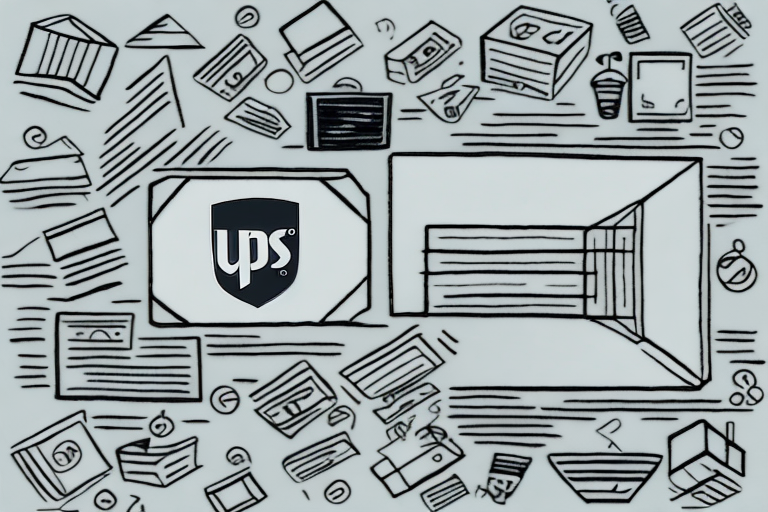Importance of Free Shipping for Business Growth
Offering free shipping is a strategic move that can significantly contribute to the growth of your business. In the competitive ecommerce landscape, free shipping serves as a key differentiator that attracts customers and drives sales.
Boosting Sales and Expanding Customer Base
Free shipping can entice customers to make purchases they might otherwise hesitate to complete. According to a Statista report, approximately 79% of online shoppers consider free shipping a major factor in their purchasing decisions. By eliminating shipping costs, you can increase the likelihood of customers choosing your store over competitors.
Reducing Cart Abandonment
Unexpected shipping costs are a leading cause of cart abandonment. A Shopify study found that nearly 70% of online shoppers abandon their carts due to high shipping fees. Implementing free shipping can remove this barrier, encouraging customers to complete their purchases and improving your conversion rates.
Analyzing the Costs of Offering Free Shipping
Before launching a free shipping program, it's crucial to conduct a thorough cost analysis to ensure financial viability.
Shipping Costs and Profit Margins
Shipping expenses can significantly impact your profit margins. Factors such as product weight, size, destination, and carrier rates must be considered. Tools like EasyPost can help estimate shipping costs and compare carrier options to find the most cost-effective solutions.
Setting a Minimum Order Value
To offset shipping costs, many businesses set a minimum order value for free shipping eligibility. Analyze your average order size and customer purchasing behavior to determine an optimal threshold that encourages higher spending without deterring customers.
Types of Free Shipping Programs
There are several free shipping models to choose from, each catering to different business needs and customer preferences.
Free Standard Shipping
This is the most commonly offered free shipping option. Customers qualify for free standard shipping by meeting a minimum purchase requirement. It balances customer satisfaction with manageable shipping costs for the business.
Free Express Shipping
Offering free express shipping provides customers with faster delivery times, typically within one to two days. This option often requires a higher minimum order value to cover the increased shipping costs.
Free Shipping on Specific Products
Targeting free shipping on select products or categories can drive sales for high-margin items or inventory that needs to move quickly. For example, offering free shipping on premium products can enhance their perceived value.
Promo Codes and Coupons
Using promo codes or coupons to offer free shipping can create a sense of urgency and exclusivity. Distributing these codes through email marketing or social media can attract new customers and reward loyal ones.
Implementing the Free Shipping Program
Successfully implementing a free shipping program requires careful planning and execution.
Determining the Right Minimum Order Value
Set a minimum order value that encourages customers to add more items to their cart without feeling pressured. For instance, if your average order value is $50, setting the free shipping threshold at $60 can promote additional purchases.
Setting Up Shipping Models
Choose between flat rate, weight-based, or tiered shipping models based on your business structure. A flat rate offers simplicity, while weight-based shipping can be more precise in covering actual shipping costs.
Communicating the Offer to Customers
Clearly communicate your free shipping policy through website banners, product pages, and the checkout process. Transparency about eligibility criteria and any restrictions helps manage customer expectations and enhances trust.
Measuring and Optimizing Your Free Shipping Strategy
Continuous evaluation of your free shipping program is essential to ensure it meets your business goals.
Key Metrics to Track
- Conversion Rate: Monitor whether free shipping is leading to increased sales.
- Average Order Value: Assess if customers are spending more to qualify for free shipping.
- Shipping Costs: Analyze how shipping expenses affect your overall profitability.
- Customer Feedback: Gather insights from customer reviews and surveys to understand their satisfaction levels.
Avoiding Common Mistakes
- Incorrect Minimum Order Value: Setting the threshold too high can deter purchases, while too low may not cover costs.
- Overcomplicating Shipping Options: Keep shipping choices straightforward to avoid confusing customers during checkout.
- Neglecting Shipping Cost Monitoring: Regularly review shipping expenses to ensure the program remains sustainable.
Scaling Your Free Shipping Program
As your business grows, your free shipping program should evolve to accommodate increased demand and operational complexities.
Negotiating Carrier Rates
With higher shipping volumes, you can negotiate better rates with carriers, reducing overall shipping costs. Building strong relationships with carriers can lead to discounts and more favorable terms.
Using Shipping Software
Implementing shipping software like ShipStation can automate shipping processes, provide real-time rate comparisons, and streamline order fulfillment, enhancing efficiency and reducing errors.
Expanding Shipping Options
Offer additional shipping methods such as same-day or international shipping to cater to a broader customer base. Diversifying shipping options can meet various customer needs and preferences.
Complementary Strategies to Boost Sales
Enhancing your free shipping program with other sales-boosting strategies can amplify its effectiveness.
Promotional Offers
Combine free shipping with discounts or bundle deals to provide greater value to customers, encouraging larger purchases.
Loyalty Programs
Implement a loyalty program that rewards repeat customers with perks like free shipping, exclusive discounts, or early access to sales.
Upselling and Cross-Selling
Encourage customers to buy complementary products or upgrade to premium versions during the shopping process, increasing the overall order value.
Conclusion
Implementing a free shipping program can be a transformative strategy for your business, driving sales, enhancing customer loyalty, and reducing cart abandonment rates. By carefully analyzing costs, selecting the appropriate shipping model, and continuously optimizing your approach, you can create a sustainable free shipping program that supports your growth objectives.
For more insights on optimizing your shipping strategies, consider exploring resources from industry leaders like the Shopify Blog or the Forbes Ecommerce Section.








